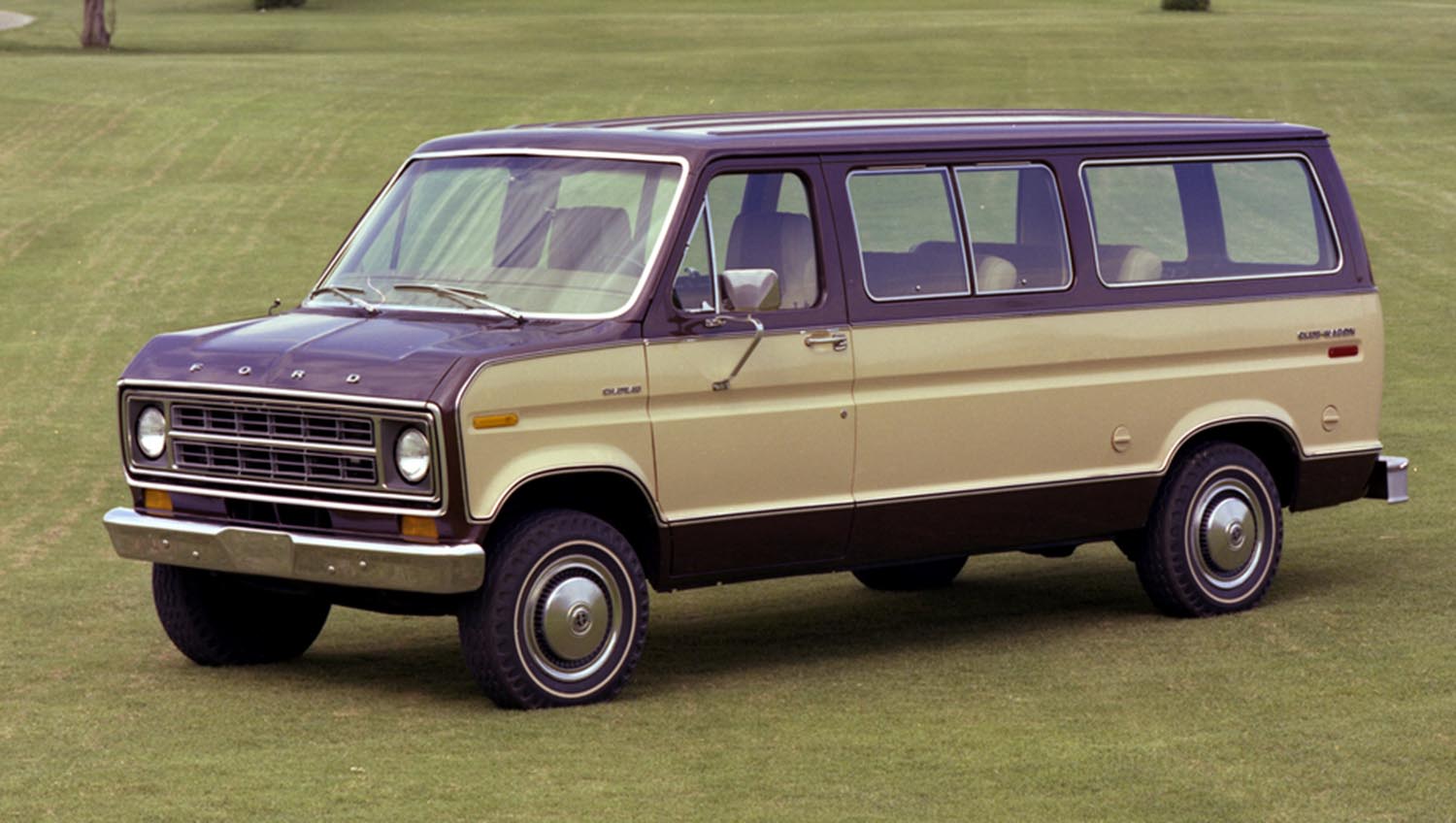
The 1978 Ford Club Wagon remains a notable example of Ford’s approach to versatility and design in the late 1970s. Its reputation as a reliable full-size van blends practical functionality with cultural relevance, making it a point of interest for automotive historians.
Early Design and Launch of the 1978 Ford Club Wagon
Ford introduced the Club Wagon in the 1970s as a full-size passenger van designed to serve multiple purposes. Its boxy profile and expansive interior emphasized utility, while styling cues reflected contemporary American automotive trends. The 1978 update built on the previous generation’s foundation, improving comfort and passenger accessibility.
Interior Comfort and Functional Features
Inside, the Club Wagon prioritized practicality without ignoring passenger comfort. It offered versatile seating layouts and configurable interiors for personal or commercial use. Materials and finishes leaned on durability, reflecting the van’s intent to handle heavy usage over long periods.
Exterior Styling Highlights
The 1978 Club Wagon exterior featured Ford’s signature grille and squared-off headlights, giving it a distinct identity among competitors. The body’s angular lines emphasized space while maintaining a sturdy, utilitarian aesthetic that catered to families and businesses alike.
Engine and Performance Overview
Powering the 1978 Ford Club Wagon were multiple engine options, including V8 and inline-six choices. These engines provided a balance of torque and reliability suited to both city driving and longer journeys. Performance was functional rather than sporty, with smooth acceleration and manageable handling for a van of its size.
Heritage and Cultural Significance
The Club Wagon earned a place in American automotive culture as a versatile van that could serve as a family vehicle, shuttle, or adventure van. Over the decades, it became a staple for van enthusiasts, often converted for recreational use while retaining its classic identity.
Maintenance and Longevity Insights
Ford’s engineering choices emphasized robustness, resulting in models that could withstand significant mileage if properly maintained. Parts availability and simple mechanical systems have helped preserve many surviving examples of the 1978 Club Wagon.
Collector and Auto Icon Perspective
While not as flashy as sports cars of the era, the Club Wagon’s status as an auto icon comes from its utility, longevity, and influence on van culture. It serves as a bridge between functional transportation and the early van customization movement.
Summary
The 1978 Ford Club Wagon exemplifies late-70s American van design with practical engineering and cultural impact. Its combination of utility, reliable performance, and adaptability cements its place in automotive heritage. This classic van continues to draw interest from collectors and enthusiasts looking for authentic, durable vehicles with a story to tell.
Disclaimer: Content on this site is for informational purposes only. Vehicle specs, pricing, and availability may change. Always verify details with official sources before making decisions. Opinions are those of the authors.
Source: Ford Heritage Vault
